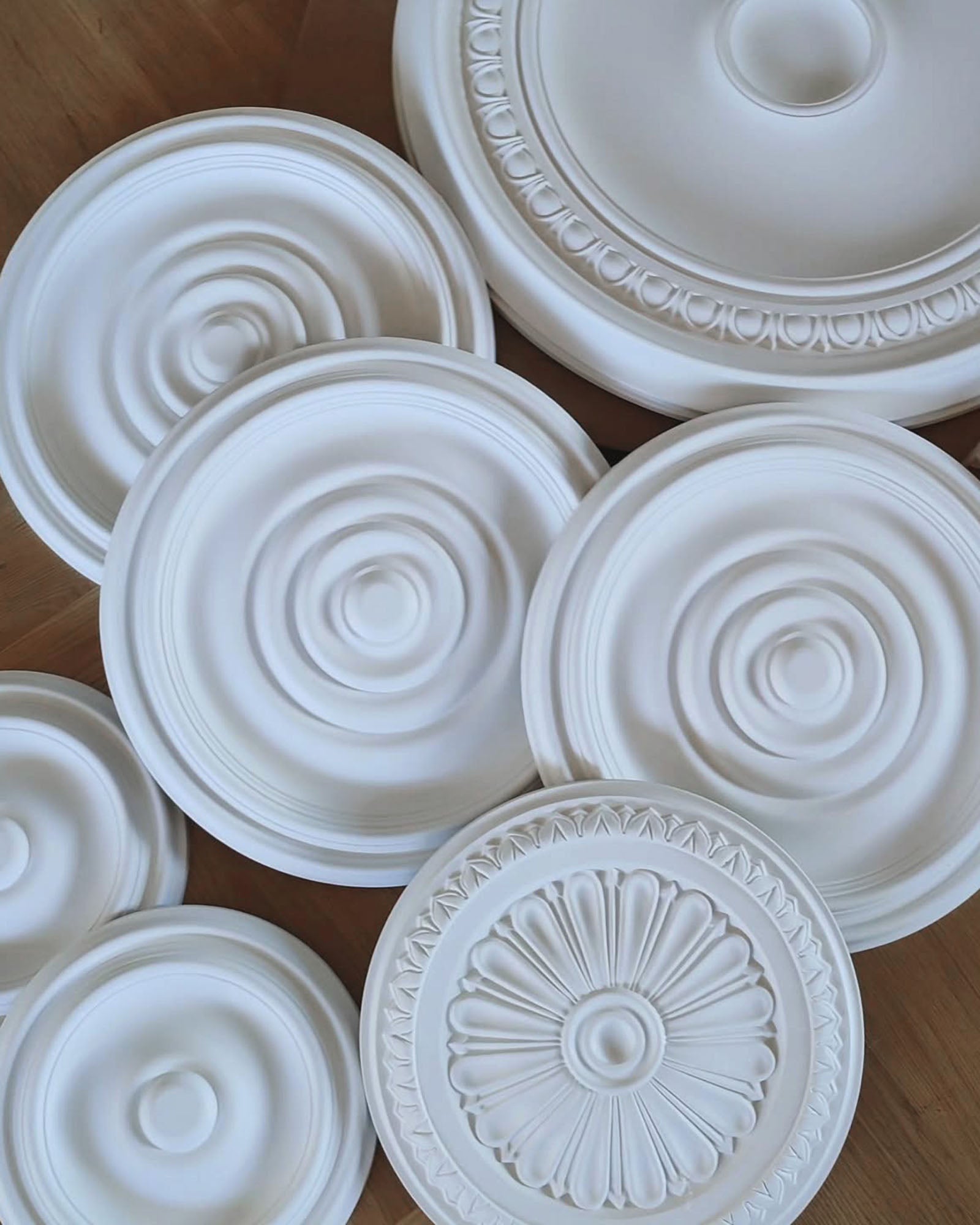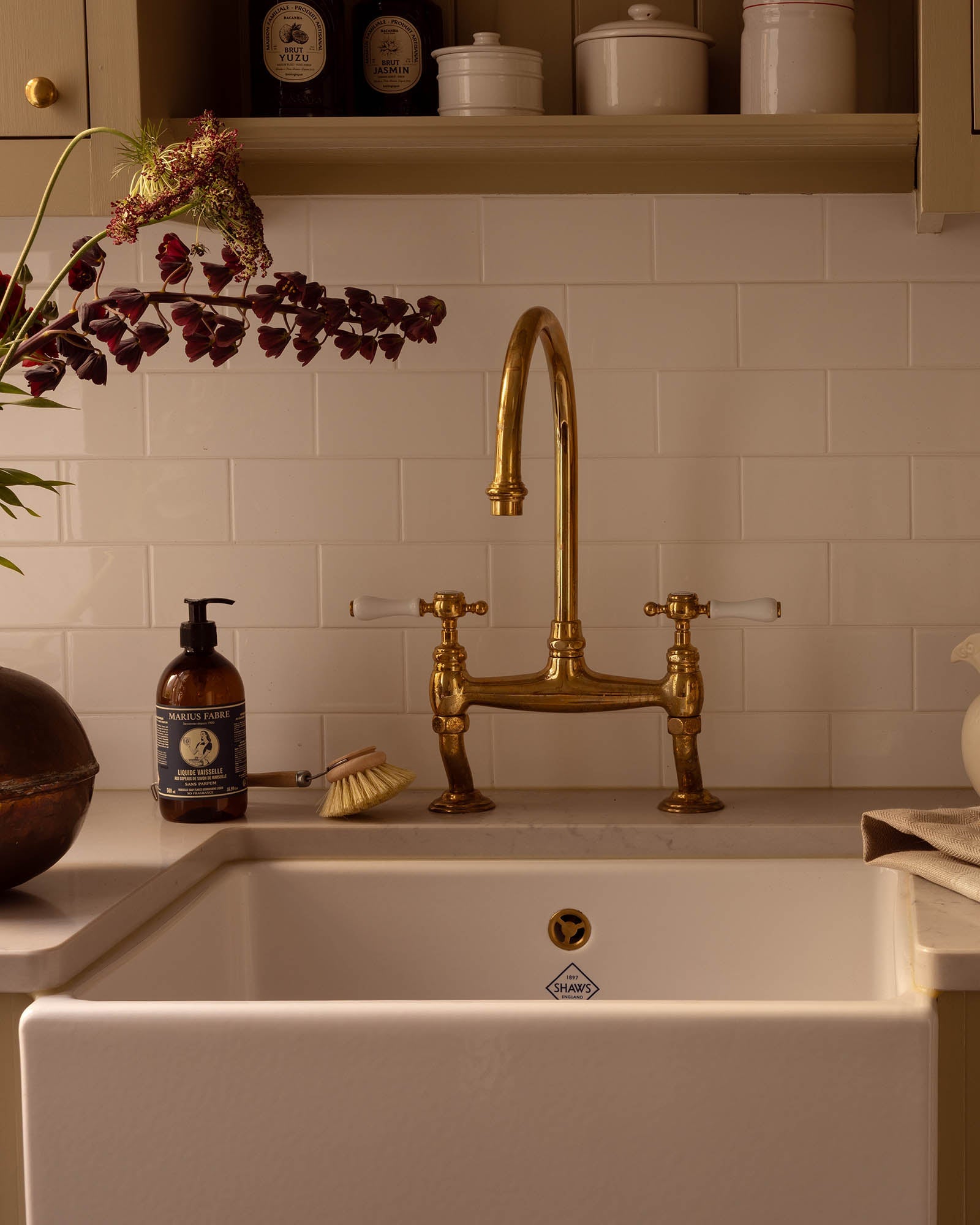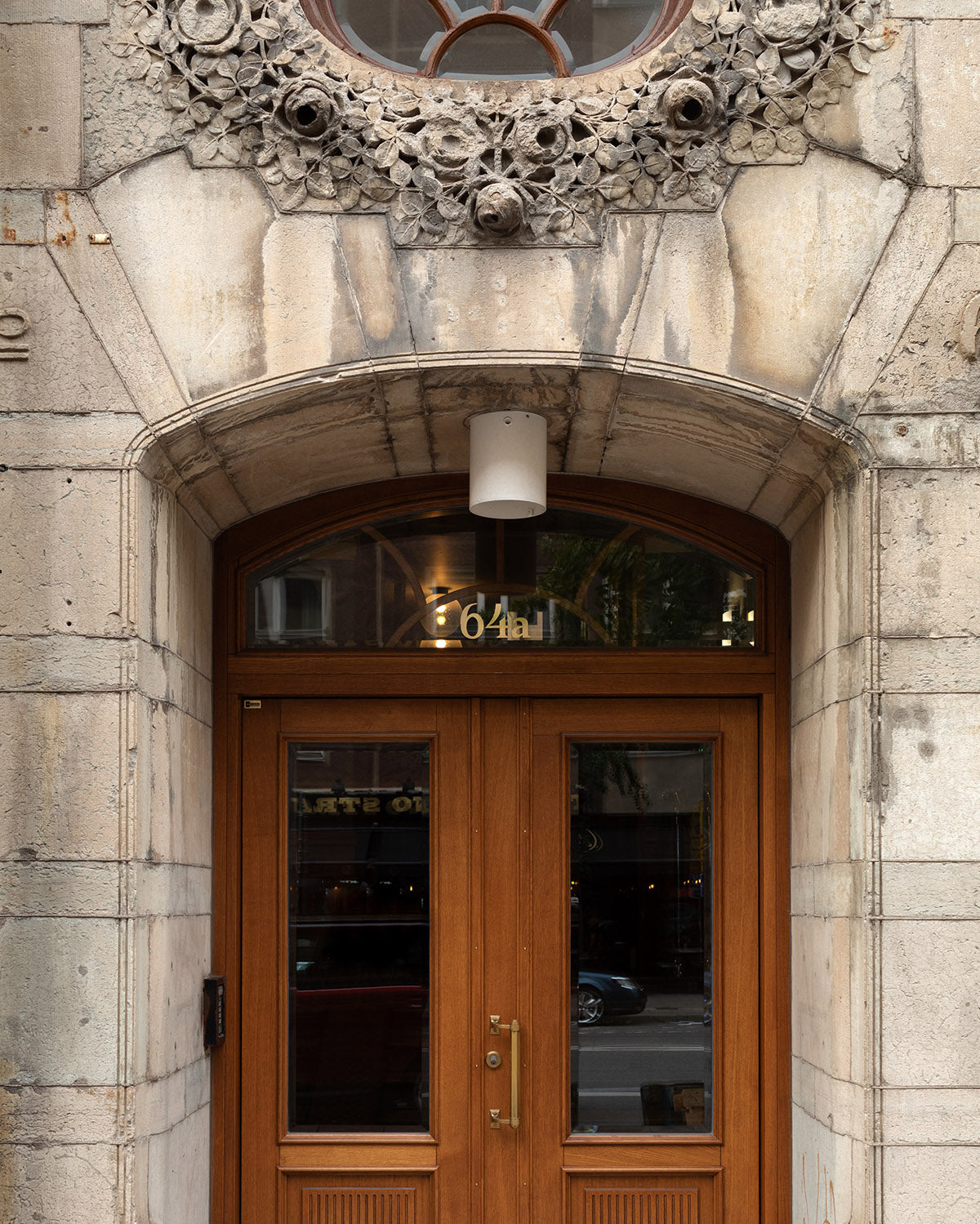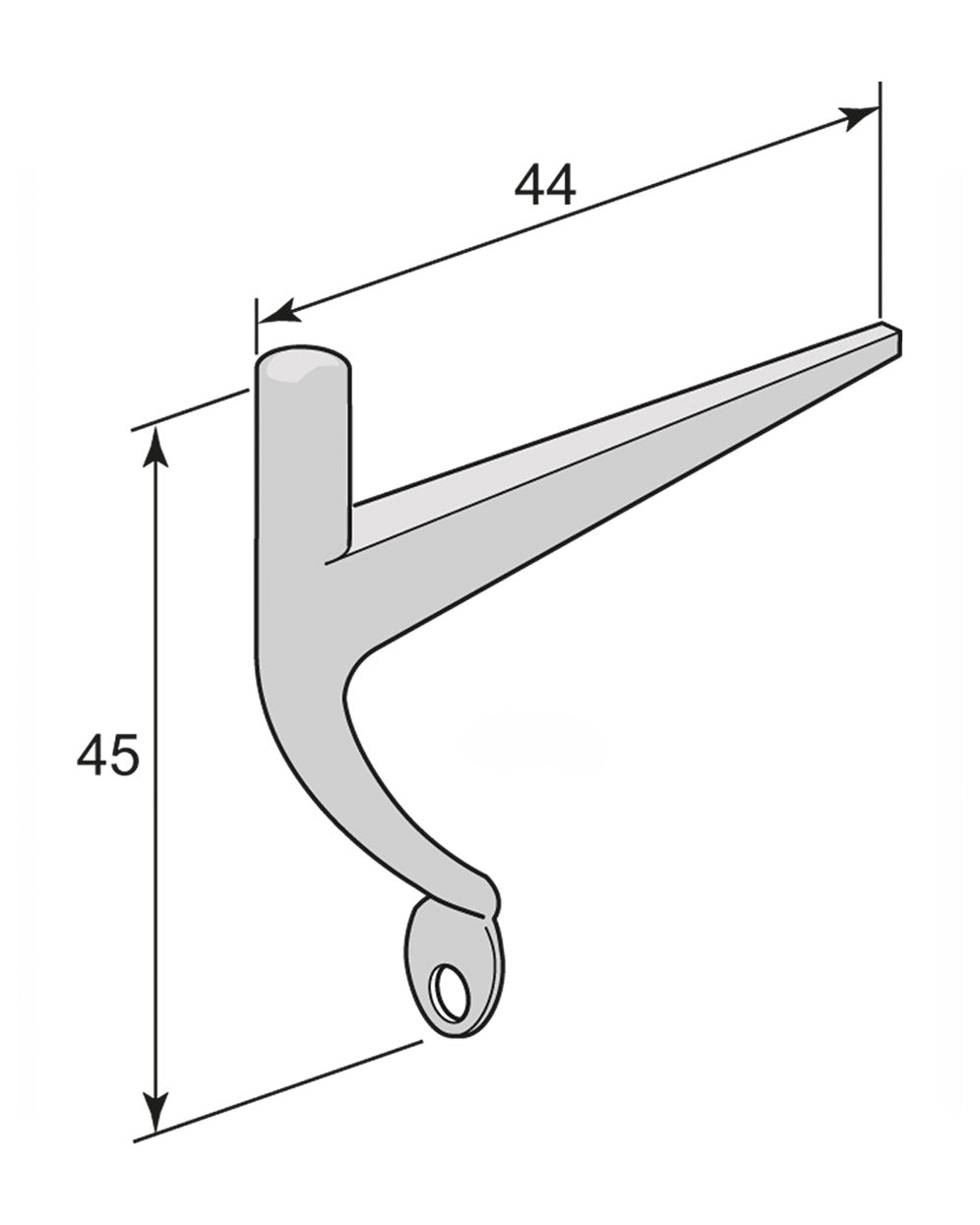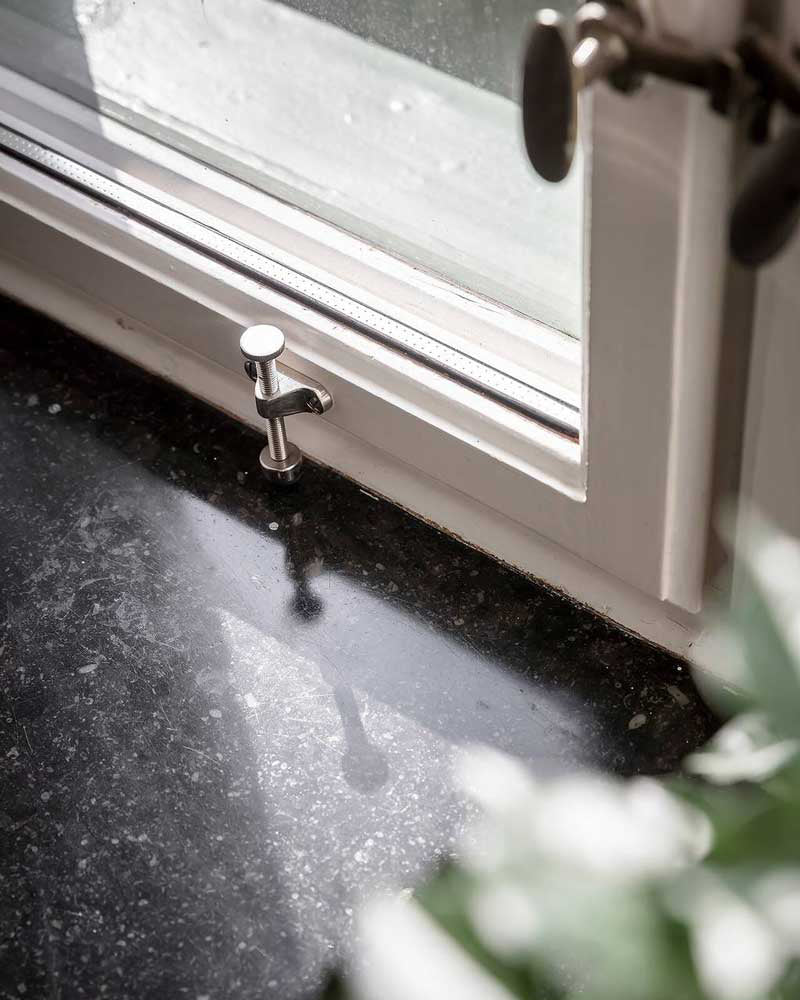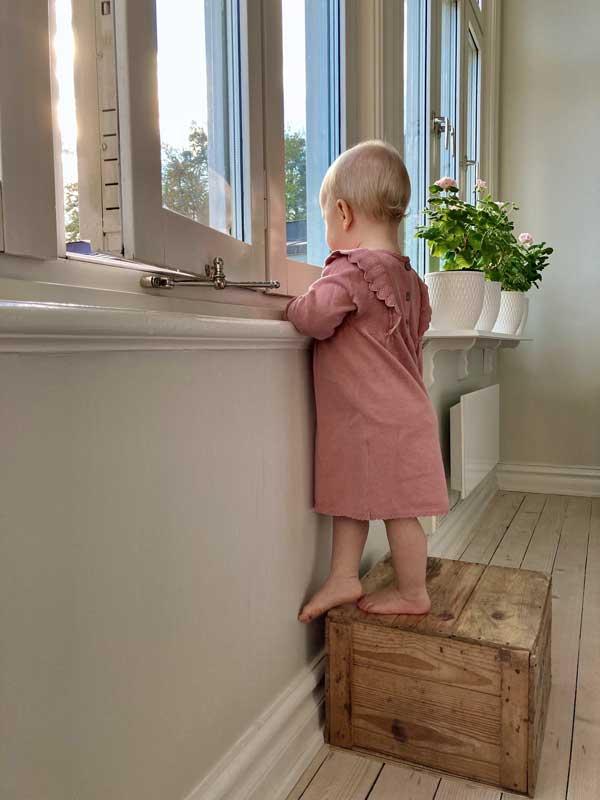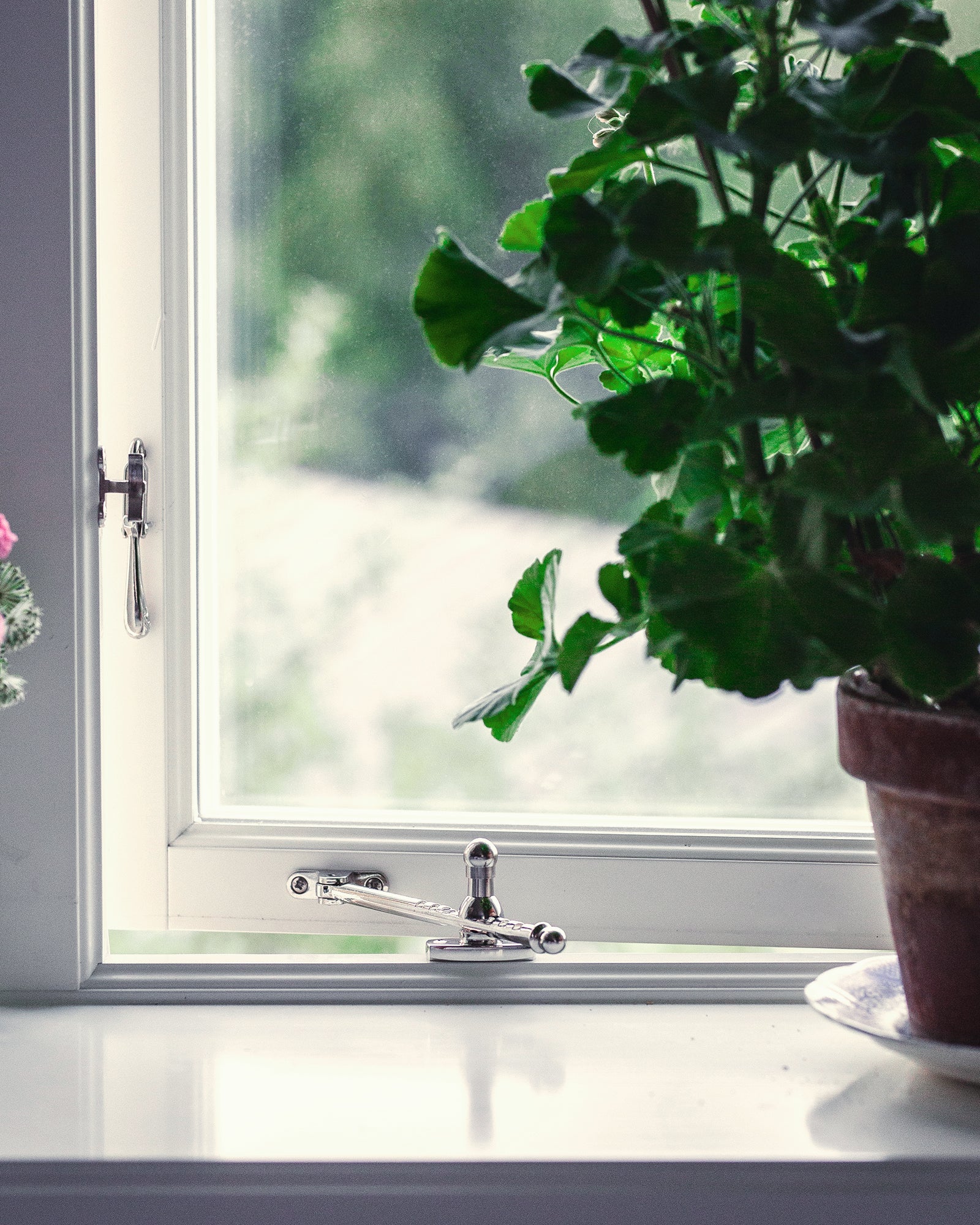Windows are sometimes called "the eyes of the house" and have a large part in the expression of the facade. Here we take a look at how the windows have evolved over time!
Two important factors have had an impact on the development and appearance of the windows - the possibility of making larger openings in the building frame and also the possibility of making larger glass panels. The desire for larger and more windows is due not only to a greater need for daylight, but also to the desire to show an elegant and dignified façade. At the same time, of course, you have always had to balance up for heat losses during the colder winter months and also what has been possible economically, since windows always entailed an extra cost.
Sprinkles gossip about the age of the window
The window mullion acts as a kind of auxiliary construction for assembling glass panes that are smaller than the window arch itself and are thus an important factor when determining the age of the window. Glass has always been considered expensive in these contexts and therefore the rule often prevails: The simpler the house, the smaller the glass. But the mullion had not only a technical function but also an aesthetic one. Profiled bars were also a way to match other joinery details to make the window blend into the facade. The window fittings could also be detailed and thus have an ornate function, although they were often painted in the same color as the arch.
In order to achieve a uniform and symmetrical façade on houses with varied floor plans, it was pretty common to add the so-called blind windows, i.e., fake windows that were painted on the panel or plaster. There were also blinds that were fitted with real glazed window arches in front of a black-painted wood or stucco surface. In order for the window to look genuine, it was important that the bottom surface was black and that other details were as close to the real windows as possible.
Late 19th century
During this period, the typical windows were divided by center and cross posts. The two upper windowpanes often had a square shape, while the two lower panes were larger and rectangular. The crosspost helps carry the large glass panes. The windows were opened outwards, made of single glass and closed with the aid of hasp and tail hook.
Early 1900s
Now, T-shaped windows are becoming popular, i.e., relatively simple windows with two tall windows at the bottom and with a horizontal arch at the top. During the Jugend period, the windows in the more exclusive houses could be specially designed and preferably provided with softer shapes such as an arched upper part. It was also common with small mullion. In some cases, the whole window was equipped with mullions and in others only the upper part. At this time, the mullion had no practical function but only an aesthetic one. The inwardly coupled arch is becoming more common, which means that the joinery is becoming more powerful.
1920s
The classic 20th-century window has two vents, each of which is divided into three panes by mullions, either coupled inwardly without center post or outward with center post.
1930
The 1930s functionalism offered simpler arches with large glass surfaces without a centerpiece and mullions. The windows were preferably placed in continuous bands of two or three panes.





























































































